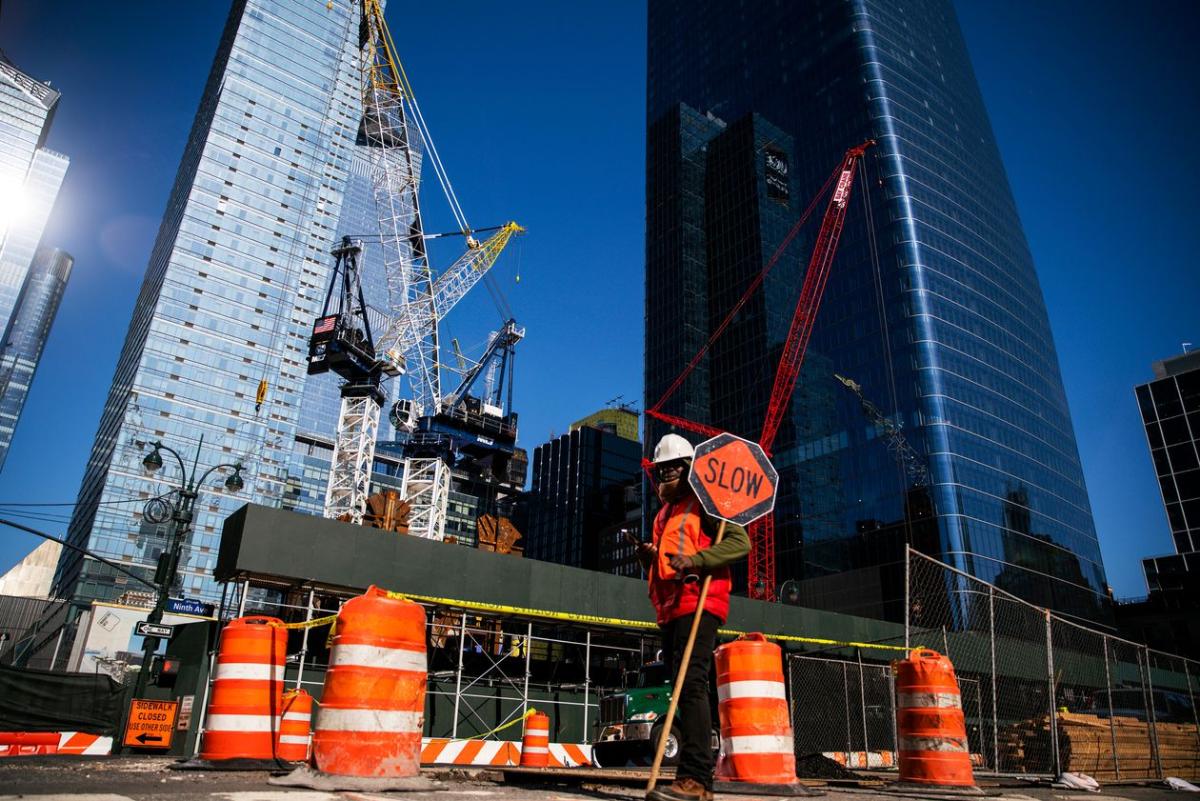To Reduce Climate Impacts, the Building Industry Must Change
Laurent Bataille is executive vice president of the Digital Energy Division at Schneider Electric.

Originally published on Barron's
There are large gains to be made by digitizing building infrastructure. Digital technologies enable buildings to understand where people are, what they need, and what they don’t need. An end-to-end digital architecture will give us the potential to reduce our buildings’ impact on the environment by an average of 30% by reducing carbon emissions and lowering energy usage. The best way to achieve this is by integrating onsite renewable energy with active energy management throughout building systems. These investments will help make buildings active partners in our climate-change work and not just passive spaces.
Schneider Electric’s East Asia and Japan headquarters is an example of these investments in action. More than 5,000 connected products ranging from carbon dioxide sensors to lighting controls to power tags will help the building achieve 100% carbon neutrality by the end of this year. It runs on 100% renewable solar energy during the day, and we’ve integrated real-time meteorological data to help improve energy efficiency and system performance. Other commercial buildings can easily replicate this model.

